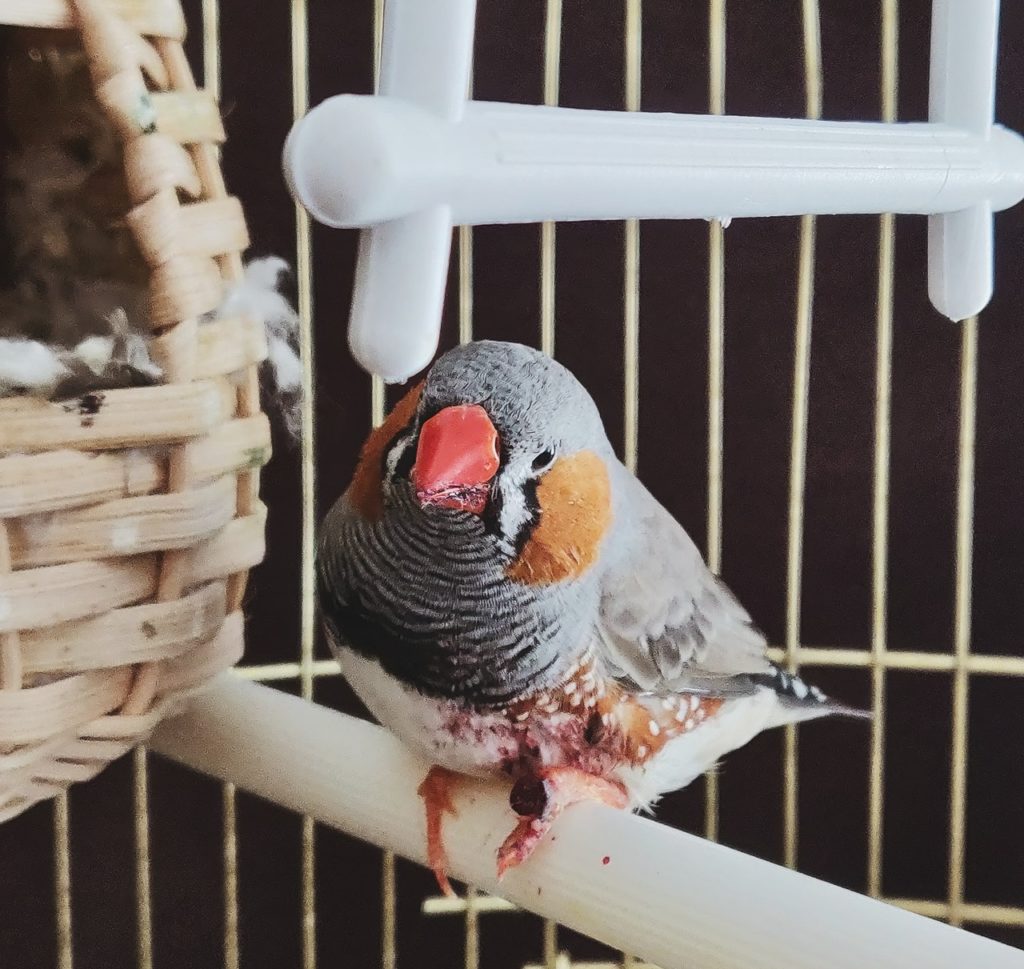Stone, Concrete & Porous Surface Stain Removal
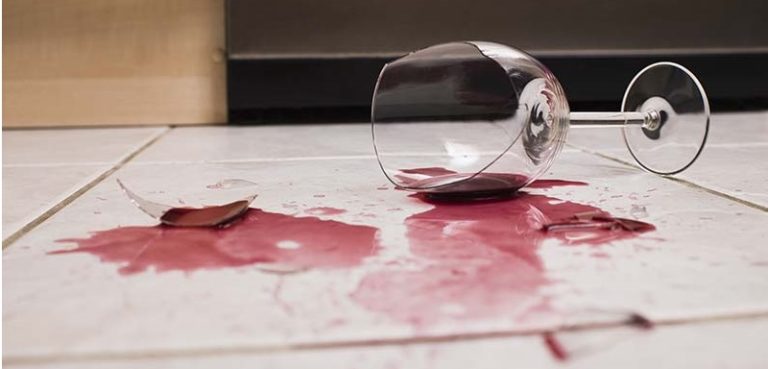
Stone, concrete, and some tiles stain because they are porous, which allows fluids to enter the material and become embedded below the surface.
Some materials are more porous than others. Honed and textured surfaces are usually more porous than polished surfaces, so they generally absorb more staining material. The longer the stain remains, the deeper it penetrates, and the more permanent the stain becomes.
For more information on stain removal from stone, concrete, or other porous surfaces, contact our team at CLEAN Choice Cleaning & Restoration ― call us at (410) 978-6050.
How to Know If Your Stone, Concrete, or Other Porous Surface Is Stained
When asked to remove a stain from stone, tile, or concrete, you must first verify that the problem is, in fact, a stain. There are many problems that look like stains, but are not, including:
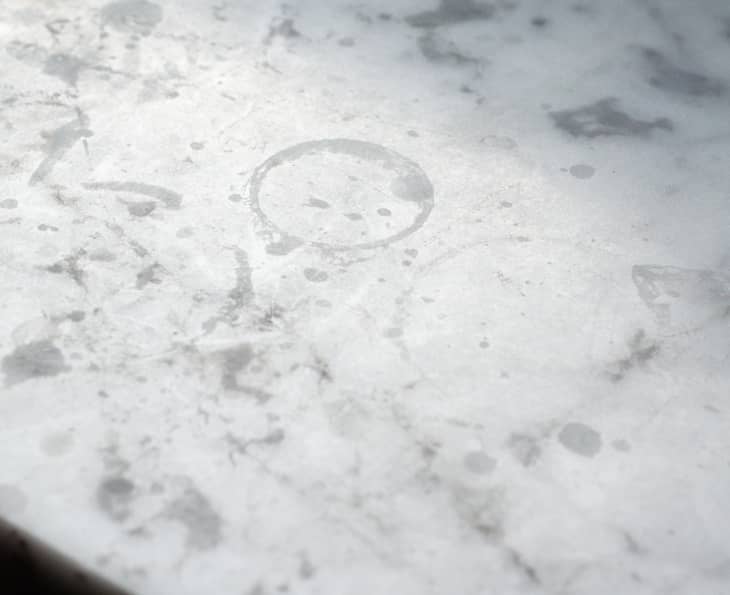
- Etching – Some highly polished concrete, tile, and nearly all polished marble will become discolored and dull after coming in contact with acidic substances such as orange juice, lemons, soft drinks, household and commercial cleaners, etc. The dulling effect caused by acids is a condition known as etching, and it is especially common in marble countertops. The simplest way to determine if a surface is mildly etched is to place some polishing powder on the etch, take a white pad with a little bit of water, and work the powder into a creamy slurry, rubbing the slurry across the spot for several minutes. If it is an etch, this process is likely to remove it or improve it.
- Water spots – Another common problem mistaken for staining is the deposit of water spots and water rings left behind from a glass. These rings appear on marble tables and countertops when slightly acidic liquid runs down the sides of a glass and etches the water ring into the marble. These rings and spots are usually not stains and cannot be removed with stain-removing chemicals. Re-finishing and re-polishing will probably be necessary for water spots.
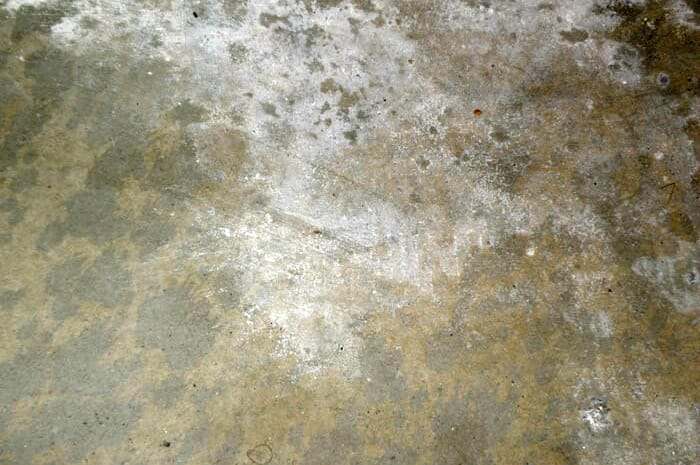
- Efflorescence – Efflorescence appears as a white powdery dust on the surface of stone or concrete. It’s a mineral deposit that usually comes from the setting bed or from the stone or concrete itself. When it becomes wet during installation or afterward, the water dissolves some of the minerals in the setting bed and carries them to the surface. When the water evaporates, the minerals are left behind in the form of a powder. If you wipe your hand across the surface and pick up a light powdery residue, you are dealing with efflorescence.
- Stuns – Stun marks appear on certain marbles as white marks, but they cannot be felt if you run your finger across the mark. It seems as though it is below the surface. Stun marks are usually caused by an impact on the surface of the stone, such as someone dropping a heavy object or walking across the floor with high heels. Stun marks are very difficult to remove, but again, they are not considered stains.
- Wet stone – When stone, tile, or concrete becomes wet, it tends to darken. This is especially true when newly installed, because the setting bed is usually very wet, and the water migrates to the surface to escape and evaporate. The best way to test a surface for moisture is to use a moisture meter. If you don’t have a meter, take a heat gun or hair dryer to the suspected wet area, and see if the area lightens. (Caution: Do not apply too much heat, especially to granite, because it may cause the crystals in the stone to expand.)
Factors for Stain Removal
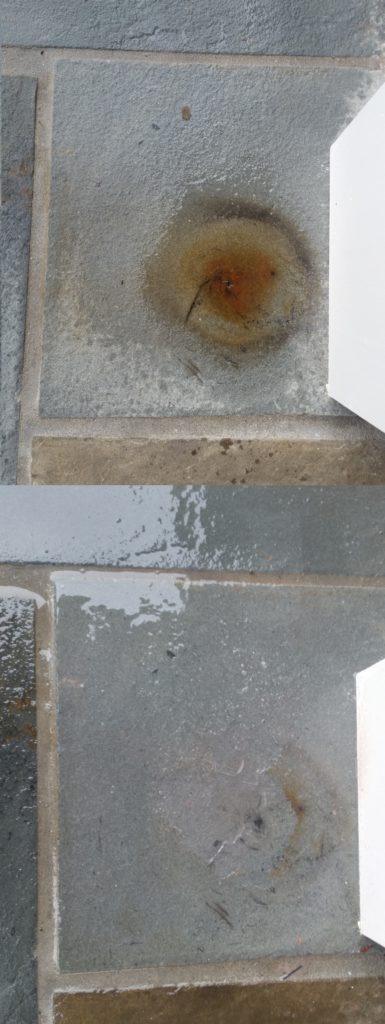
Once you determine that you are dealing with a stain, several factors will impact how difficult the stain is to remove – or if it is even possible.
- Type of stain – If you have ever tried to remove ink from a shirt or blouse, you know how hard that can be, while certain food stains are relatively easy to remove, even if they look permanent. The same is true of stone, tile, and concrete. Certain stains are very difficult to remove because of their chemical nature or because the cause of the stain is actually part of the stone itself, such as iron deposits in marble.
- Age of the stain – The older the stain is, the more difficult it is to remove. Determining the age of the stain will give you a good indication of how difficult it will be to remove.
- The size of the stain – The size of the stain will also influence how long it will take to remove. A small area stained with a few drops of oil will require a lot less time and effort than a larger area that has several gallons of oil spilled on it.
- Proper selection of poultice or cleaner – The improper selection of chemicals or poultice materials can worsen or permanently set a stain.
Types of Stains
Generally, stains can be classified into two types:
- Organic stains – These stains are caused by materials that are derived from living organisms. For example, most foods, drinks, plants, and some dyes are all considered organic stains.
- Inorganic stains – These stains are not derived from living organisms. They are usually mineral-related, such as copper and rust.
Choose CLEAN Choice for Stain Removal from Porous Surfaces
If you have determined that you have a stain in your stone, tile, concrete, or other porous surface, contact our team at CLEAN Choice Cleaning & Restoration.
Our cleaning specialist will be able to assess your stain and do our best to bring your surface back to its original state. We have expertise in natural stone cleaning, tile and grout cleaning, and grout recoloring, as well as power washing for patios, driveways, and sidewalks.
Contact us online or call our cleaning team at (410) 978-6050 for expert stain removal services.
Request Service
Let us know how we can help! Fill out our form, and one of our team members will reach out to you shortly.
Request Service

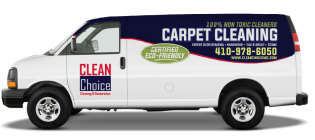
Trust Our Certified Experts for Quality Service
- IICRC Certified Firm & Technicians
- CRI-SOA Certified
- GREEN Certified Cleaner
- WoolSafe Certified
- Master Rug Cleaner



